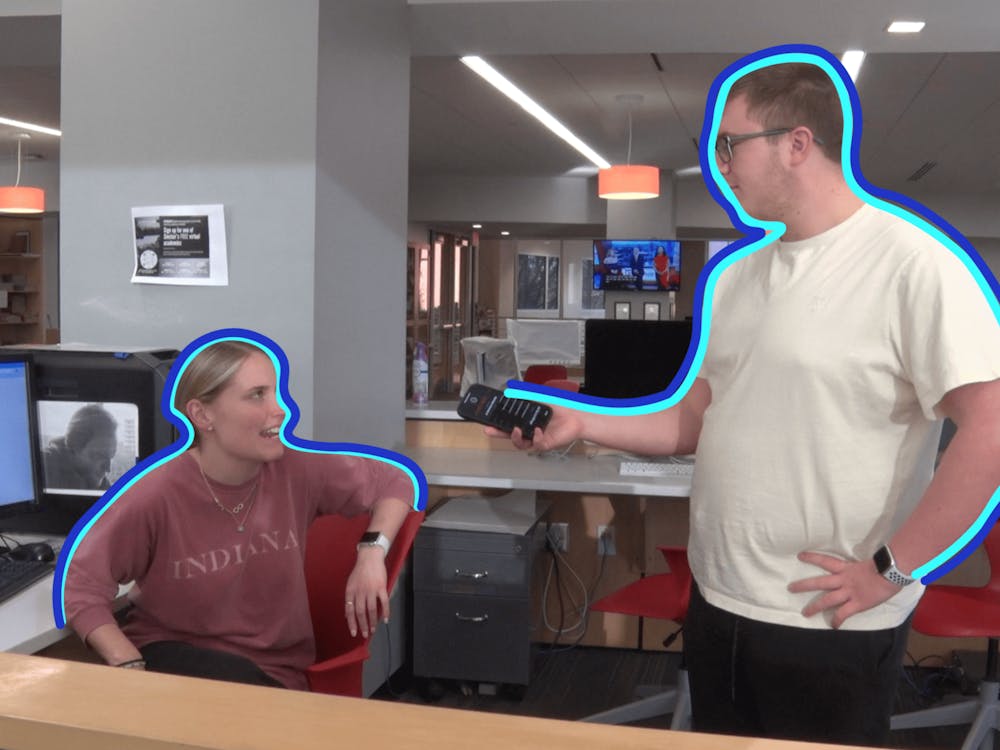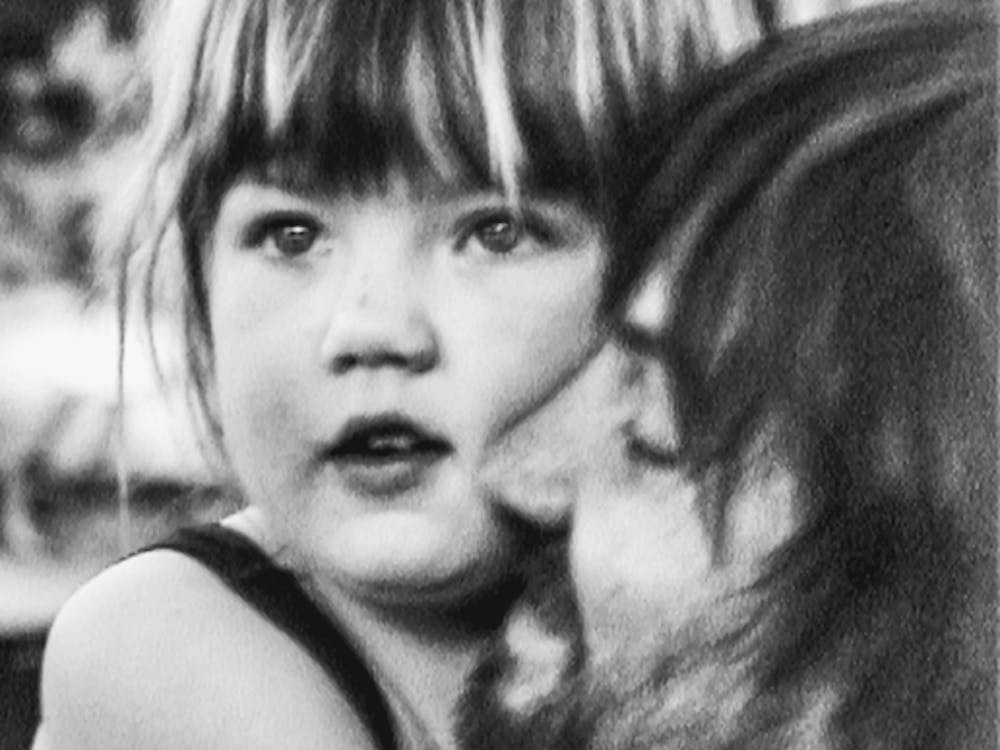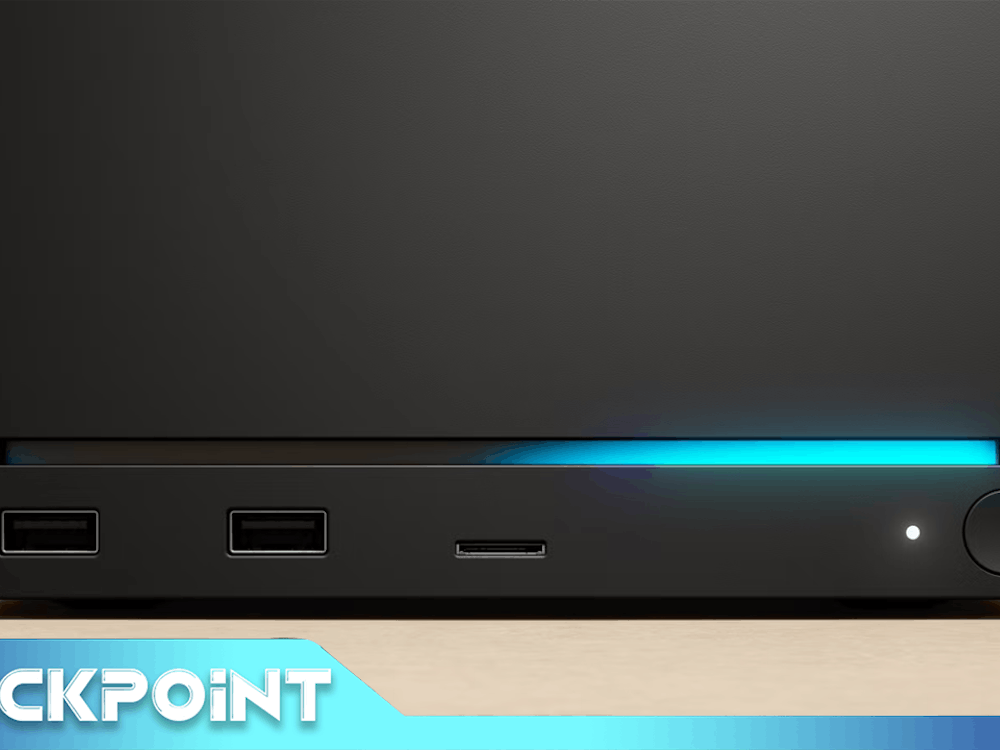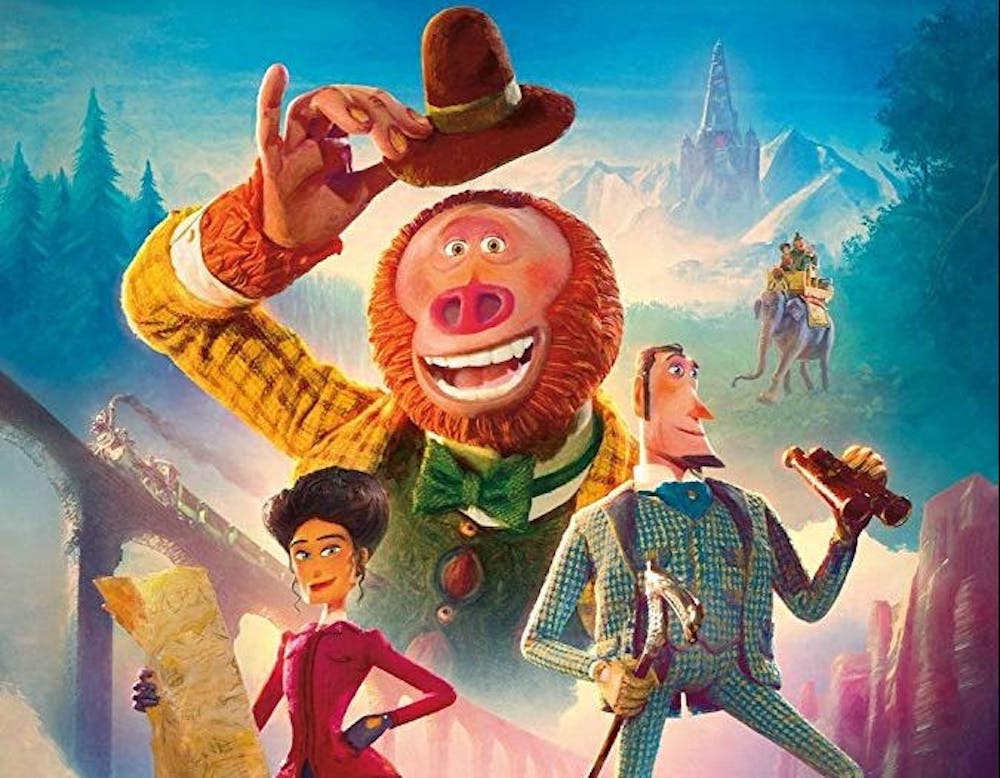Over the last few years, no animation studio in the business has left as much of an impact as Laika. Known for films like Coraline and Kubo & The Two Strings, the Oregon-based stop-motion powerhouse is known for their willingness to take (comparatively) bold risks in storytelling and advance the stop-motion artform in revolutionary ways...and for the fact that the studio is the pet project of former rapper and heir to the Nike fortune, Travis “Chilly Tee” Knight. Bringing this up isn’t to insult the man, no, but rather to provide context for the fact that, since the aforementioned Coraline, every single one of Laika’s films has either failed to make back its money at the box office or outright bombed on arrival. The strangest (and perhaps most fascinating) thing about that is, under normal circumstances, a track record like that would have absolutely decimated a studio like Laika. However, despite the increasingly diminishing returns, they always manage to spring back, bigger and more ambitious than before. It almost begs the question: “Will the tennis shoe money ever run out?” It’s hard to tell, but there’s a recently-emerged factor that may help us find our answer. Or, rather, a recently-emerged Link.
They Call him Mr. Link
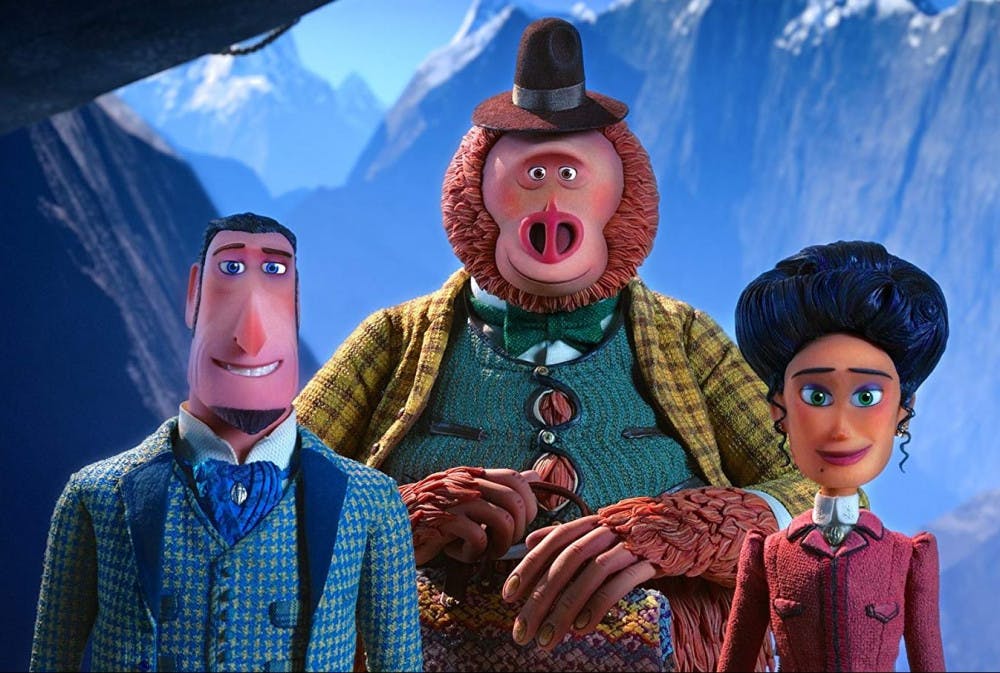
Seeing the forest for the moss
tooThe difference between good and great

IMDb IMDb




